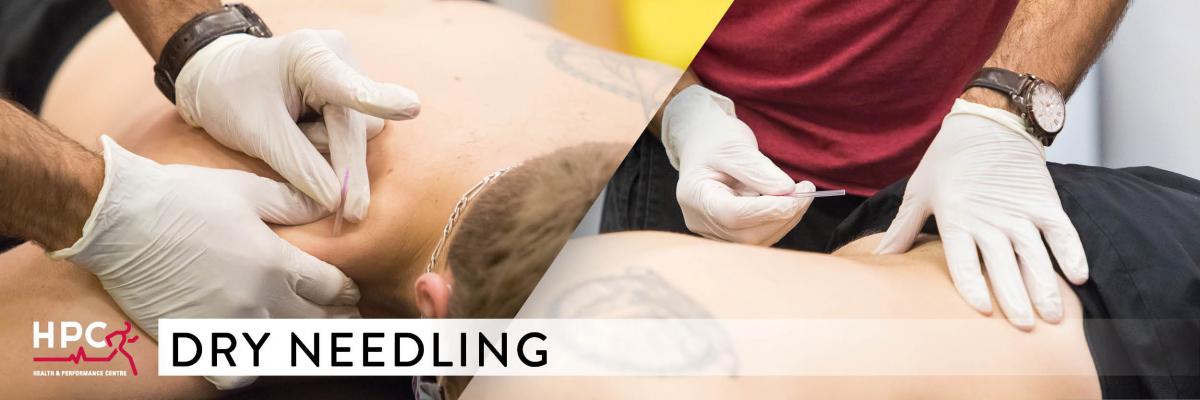Dry Needling Treatment: Reduce Pain & Improve Function

What is dry needling?
If you have ever heard of a treatment called dry needling and wondered what it is or if it may be an option for you, then you are not alone. Although the procedure may appear intimidating, dry needling is a safe and minimally invasive treatment performed by certified health care practitioners. Dry needling specifically is used to treat musculoskeletal trigger points, which are irritable and tight areas within a muscle or connective tissue that can result in pain over large areas of the body. Active trigger points can result in local or referred symptoms, including pain that limits daily activities and movement.
How does dry needling work?
Dry needling involves inserting a very thin, acupuncture-like needle through the skin and muscle to stimulate a trigger point. Inserting the needle elicits a localized twitch response or contraction in the muscle that relaxes the tight muscle bands associated with the trigger point and causes a pain relief response. Dry needling also enhances blood flow to the stimulated region that may promote healing and improve function. The needle is removed once the trigger point is inactivated.
The goal of dry needling is to reduce pain and improve movement by inactivating trigger points. Dry needling is rarely a standalone procedure and is often part of a broader treatment approach that also includes exercises and stretches to further decrease the pain and improve motion. For more information on dry needling and if you are a good candidate for this treatment designed to reduce your pain and improve your function, contact your HPC physical therapist today.
What are the risks and benefits of dry needling?
Our Guelph Physiotherapists and Physical therapists use dry needling as a precise treatment for muscle soreness as well as a variety of other conditions. Due to the incredibly small size of the needles, dry needling can precisely target muscle trigger points responsible for pain. Slight pain or twitching may occur during a dry needling session, and relief may be immediate or prolonged depending on the treatment plan, location and type of injury.
It is important to note that the benefits of dry needling greatly outweigh the risks. There will always be risk associated with any form of invasive treatment, but despite this, medical professionals are ready and able to act if such an event took place. The risks associated with dry needling include injury to blood vessels that may cause bleeding, injury to nerves, injury to organs and injury to spinal cord. Devices within the body may also incur damage. Infection is also possible. Brady et al. (2014) conducted a study to determine the likelihood of adverse injury as a result of dry needling. Of the 7,629 treatments performed, 20% of patients experienced mild injury such as bleeding, bruising and pain upon needle insertion. There were zero reported instances of more severe injury.
What can dry needling be used to treat?
Dry needling can be used to treat a plethora of conditions. The following are the most commonly treated conditions by dry needling:
- Myofascial pain (pain of the connective tissue surrounding muscles)
- Migraines and tension headaches
- Temporomandibular joint pain (TMD)
- Joint injuries
- Carpal tunnel syndrome
- Spinal injuries
If you are experiencing any of the above, call us at HPC 519-767-5011 to arrange an appointment with one of our trained Guelph Physiotherapists.